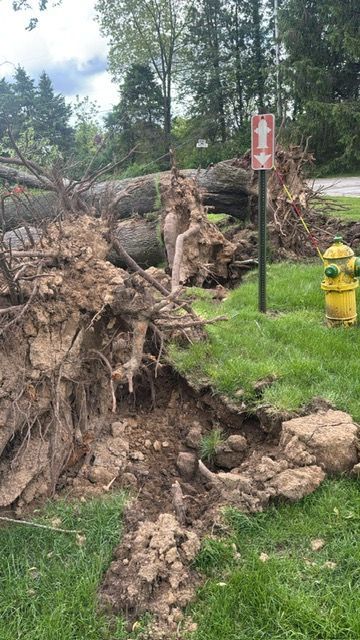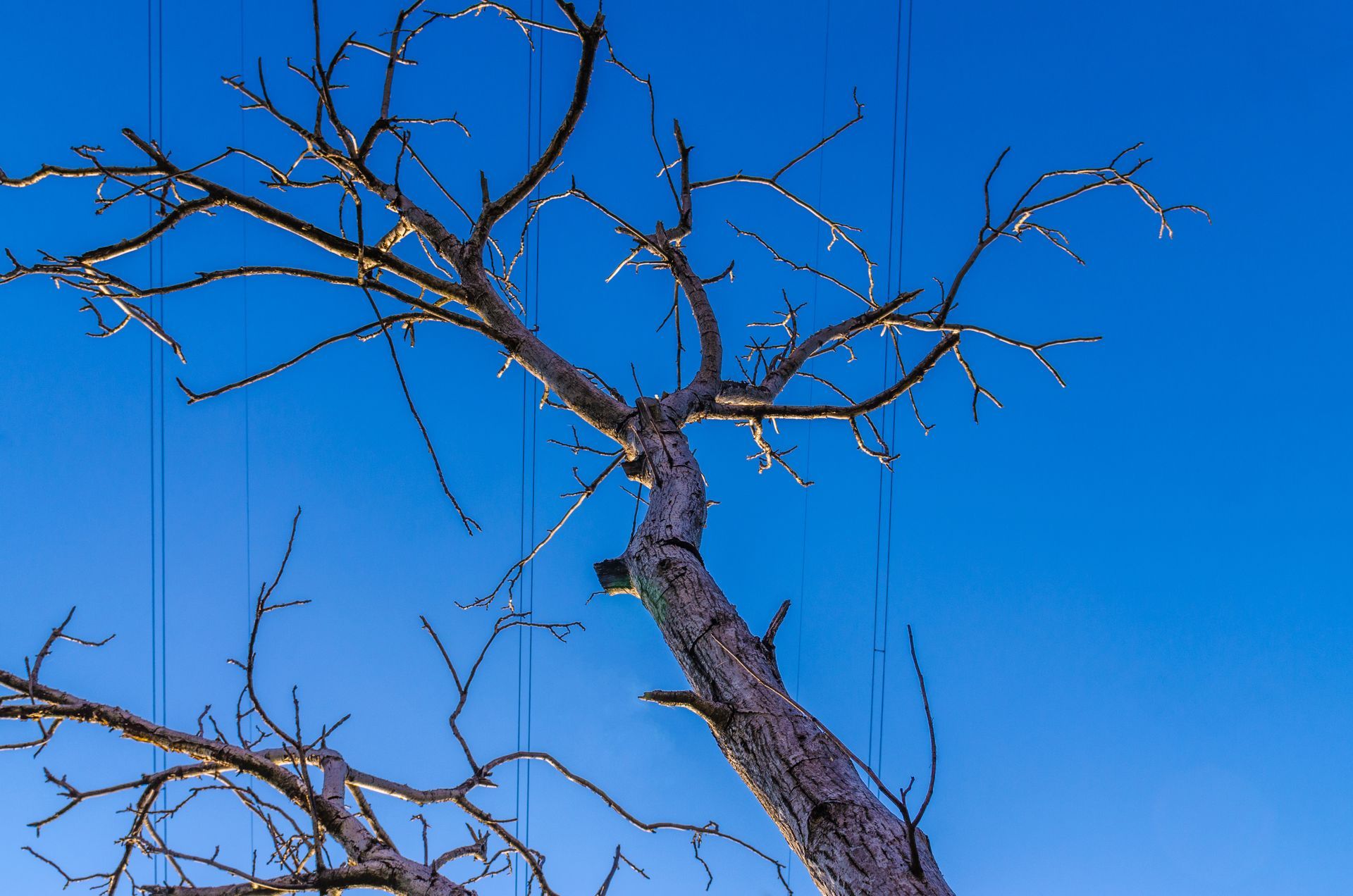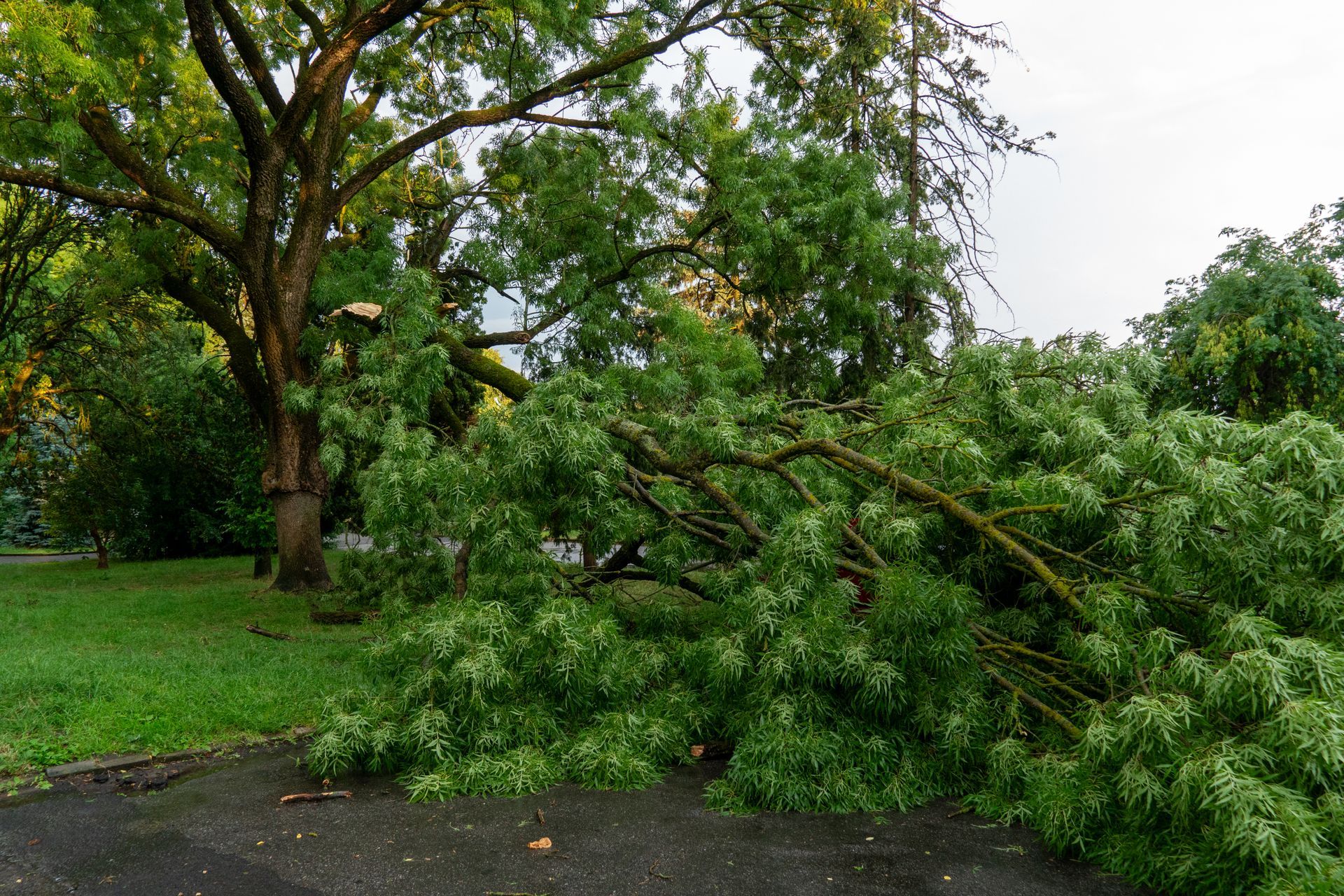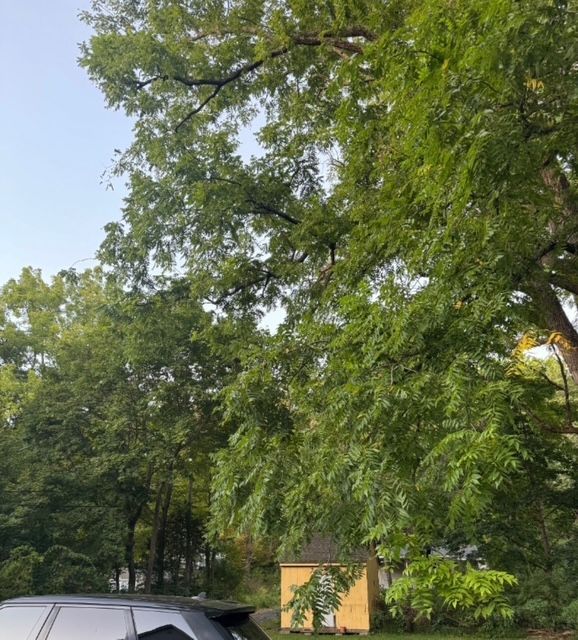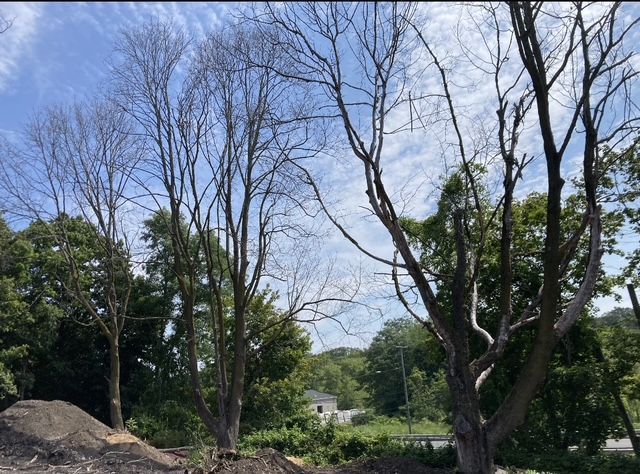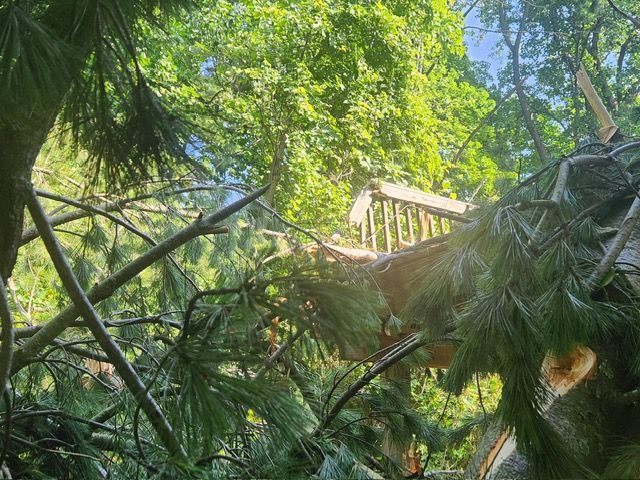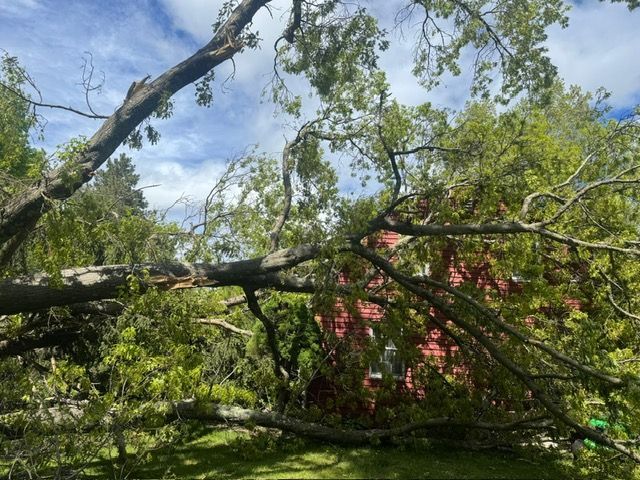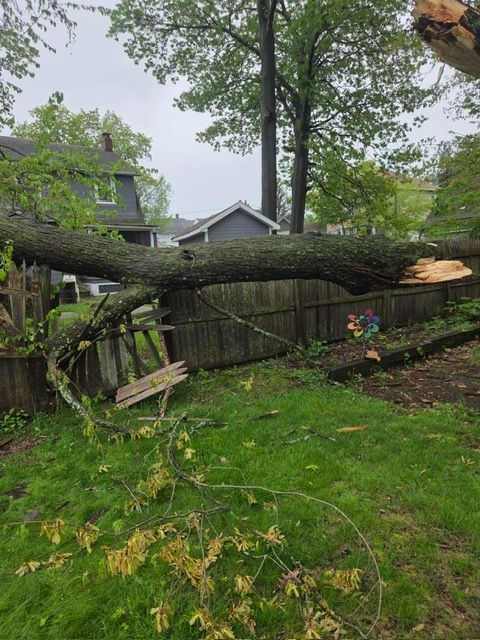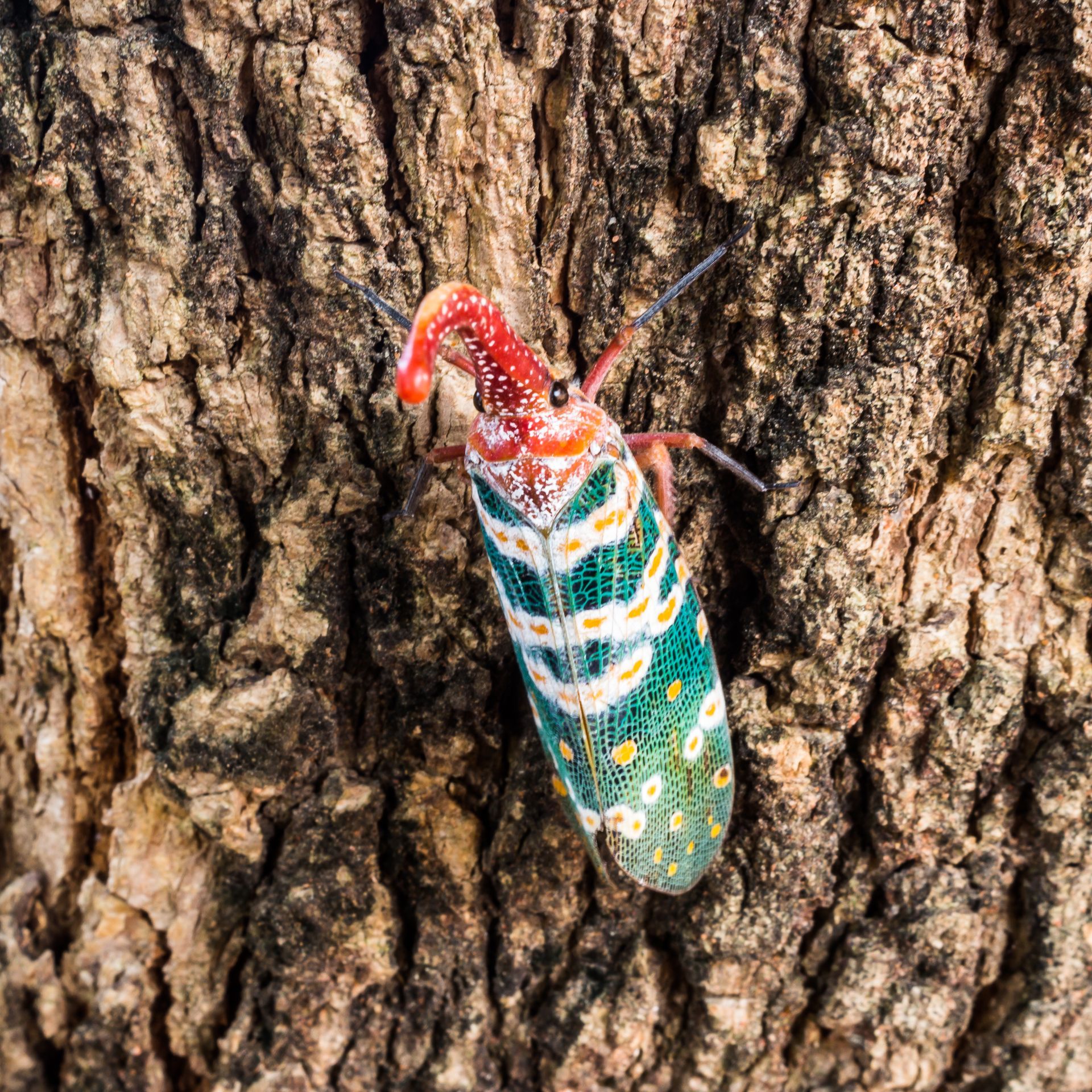Blog
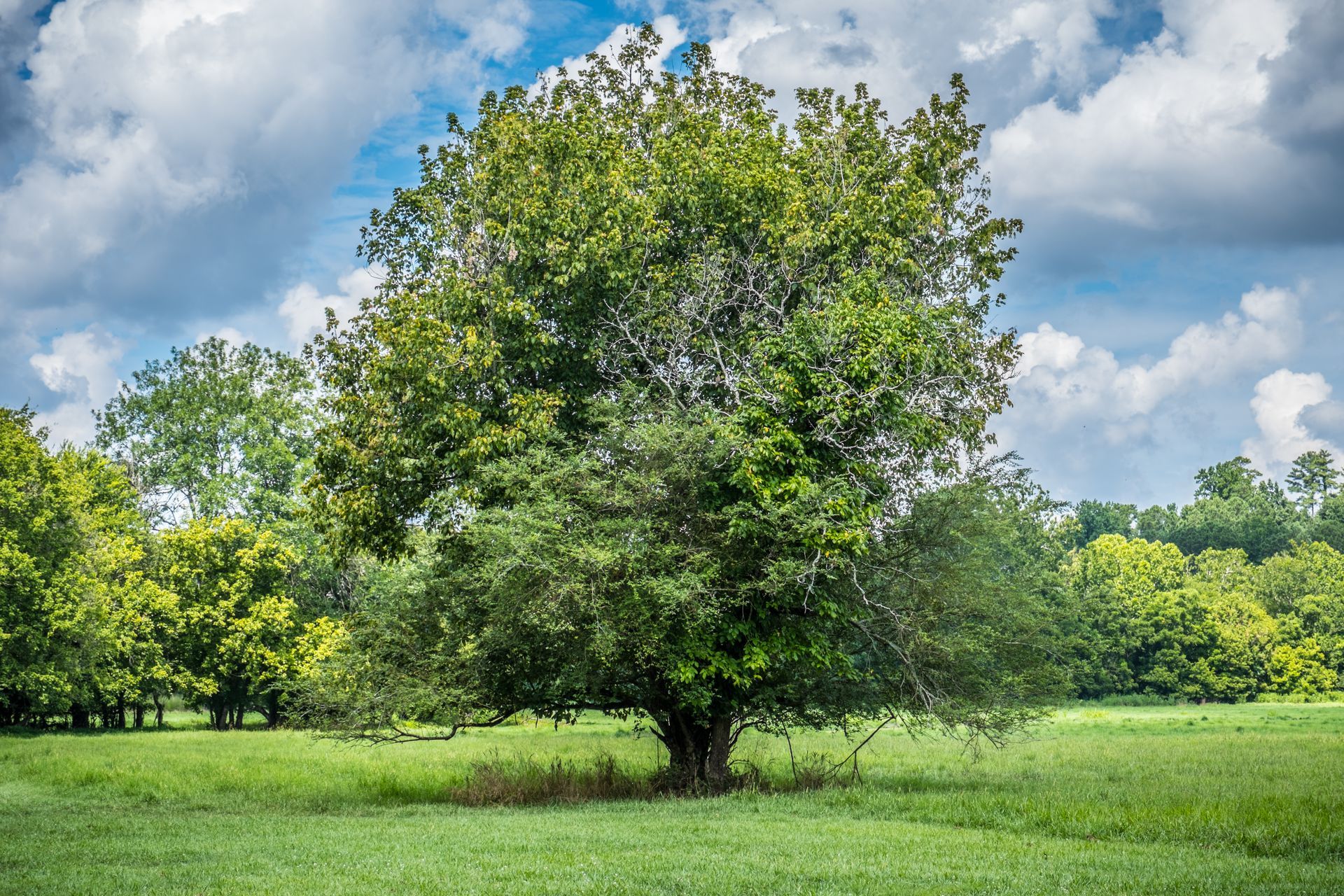
Meet the Pinchot Sycamore: Farmington Area’s Giant Tree Treasure Some trees are just trees. And then there’s the Pinchot Sycamore —a towering local legend rooted along the Farmington River. At over 100 feet tall and nearly 28 feet in circumference , it isn’t just the largest tree in Connecticut —it’s one of the oldest living things in the state. If you live in or around Farmington , this isn’t a tree to pass by. It’s a tree to learn from. What Makes This Sycamore So Special? Let’s break it down: Estimated to be 200–300 years old Weighs over 100 tons Its canopy spreads more than 140 feet wide This isn’t a backyard shade tree. It's a living monument. Named after Gifford Pinchot , the first chief of the U.S. Forest Service and a pioneer of conservation, the sycamore is both a natural wonder and a historical landmark. It has withstood hurricanes, floods, ice storms—you name it. It’s been lit at night since 1997, making it a quiet beacon in the Simsbury night, just minutes from Farmington. But this article isn’t just about admiration. It’s about tree care , tree knowledge , and what this ancient sycamore can teach homeowners and property managers across Connecticut. What the Pinchot Sycamore Can Teach Us About Tree Health Old trees survive because they’re in the right conditions and get proper care—whether from nature or from humans who step in at the right time. Here are 3 key lessons the Pinchot Sycamore offers: 1. Roots Matter More Than You Think A tree this large doesn’t last for centuries without a solid root system. But in residential neighborhoods, roots are often cut for driveways, patios, or foundations. This slowly destabilizes even healthy trees. Action step: Before pouring new concrete or expanding your yard, have a certified arborist assess root zones. Cutting roots isn't always obvious—but it's often irreversible. 2. Not All Decay Is Fatal—But It Should Be Monitored The Pinchot Sycamore has endured internal rot, lightning strikes, and the natural aging process. Still, it stands tall because any weaknesses have been managed. What we recommend: Older trees—especially large maples, sycamores, and oaks—should be structurally evaluated every 3–5 years . We use resistograph tools and sound testing to detect hidden decay. You wouldn’t skip a roof inspection. Don’t skip a tree check either. 3. Location Dictates Longevity This sycamore is planted in rich, alluvial soil near the river. That means consistent moisture, deep nutrient access, and less drought stress. Trees in compacted suburban soil with shallow watering schedules? They’re fighting an uphill battle. For your yard: Mulch around your trees (no volcano piles!) to retain moisture and protect roots. Water deeply during dry spells—especially in July and August, when trees are working the hardest. How This Ties Back to Your Property You don’t need a 300-year-old tree in your yard to start thinking like a steward. Most homeowners in Farmington and surrounding towns have mature hardwoods on their properties—maples, sycamores, hickories, elms. These trees are valuable. They shade homes, reduce energy costs, and boost property value by up to 15% when healthy. But without proper care, they can become hazards. Splitting limbs. Uprooting in storms. Fungal decay that creeps in quietly, year after year. We Know Farmington Trees Because We’re Local At [Your Company Name], we don’t just admire Connecticut’s giants—we work to preserve them. From veteran tree inspections to proactive pruning , we specialize in keeping big, old trees safe and thriving. Live in Farmington or nearby? Let’s assess your property. We’ll check for: Root stress Decay risks Branch structure and weight loads Site-specific health threats (like anthracnose in sycamores) 🌳 Final Thought: Legacy Trees Deserve Legacy Care The Pinchot Sycamore stands today because someone—many someones—chose to protect it. It didn’t get this old on luck alone. Your trees, whether 5 or 150 years old, deserve the same attention. Let us help you protect what’s growing right outside your window. 📞 Book your Tree Health Assessment Today Serving Farmington, Avon, West Hartford, and the surrounding area.
